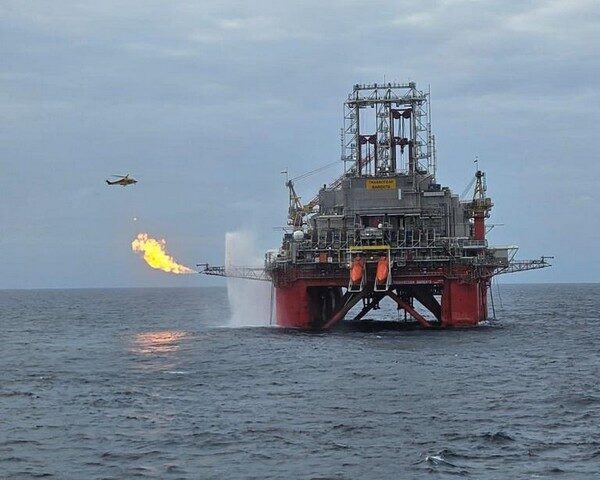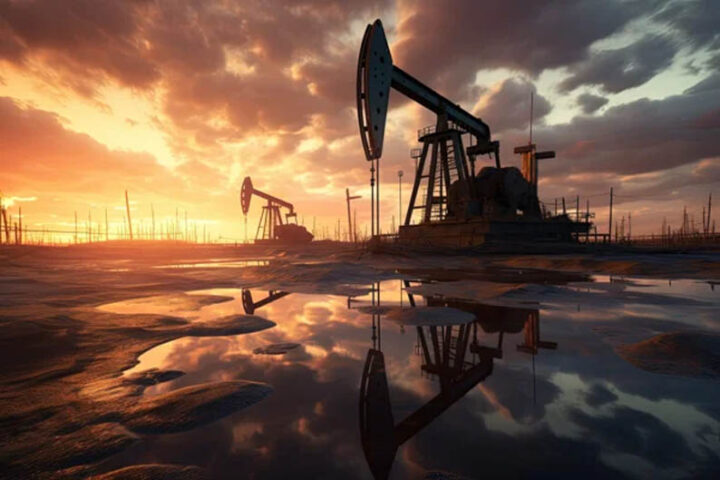.
By Dr. Jim Leontiades
Cyprus International Institute of Management
Over the past few decades China has transformed itself from a backward, agrarian economy into an economic powerhouse, arguably the world’s biggest economy. Does this success point to a new economic model that other should follow?
 China’s leading newspaper, the Peoples Daily, recently devoted a major article to critiquing western democracies and extolling “the superiority of socialism and communism”. Western-style democracy “has reached its limits”, the paper claimed. Reference was made to Chairman Mao and how he had predicted the defeat of capitalism and the emergence of communism as the victor.
China’s leading newspaper, the Peoples Daily, recently devoted a major article to critiquing western democracies and extolling “the superiority of socialism and communism”. Western-style democracy “has reached its limits”, the paper claimed. Reference was made to Chairman Mao and how he had predicted the defeat of capitalism and the emergence of communism as the victor.
This elicits echoes of the former Soviet Union. During its early years, it experienced periods of rapid growth on the order of 8 and 9% annually, initiating claims of “superiority for an economic system which could produce such growth.” There is no doubt that communism moved the country from a primitive, largely agricultural society, to an industrial power in an impressively short space of time.
This outperformance did not last. There were questions during the latter days of the Soviet Union as to the accuracy of the very high growth rates reported before its demise. Russia eventually abandoned its communist economic model for something approximating a market-oriented system.
Few economists would describe Russia’s present economic model as an unqualified success. Endowed with a well educated and talented population, the Russian economy still has some of the characteristics of a developing nation, depending on exports of its natural resources to support a weak currency and a weak economy.
The Chinese Economic Model
The Chinese economy differs from both the communism of the former Soviet Union and the current Russian economic model. It combines the centralised planning which is the hallmark of the communist system with greater emphasis on the private sector, although the state still retains control of heavy industries, such as steel, housing, infrastructure, mining, etc. Another major difference is the large number of western firms which have been allowed to invest and establish production facilities in China. Over half of China’s e exports, (some estimate the figure at 90%) are due to foreign companies based in China.
China’s different style of communism has delivered the goods. While western economies have been struggling to emerge from one of the longest recessions in history, China enjoyed decades of GDP growth of nearly 9% annually. It has transformed itself from a third world country with much of its population in subsistence agriculture to what some describe as the “factory of the world”. It has raised more people out of poverty than any of the other so-called economic miracles.
Per capita GDP has multiplied eight times between the year 2000 ($971 per capita GDP) to 2015 (over $8,000 per capita). Moreover, it has become the world’s leading exporter. China’s export success is responsible for a large trade surplus and its vast accumulation of foreign reserves (mainly in US bonds) worth over $3.2 trillion. All this with a government which has proved to be stable over the past few decades. It is little wonder then that some may see this as heralding a promising new economic system.
Before jumping to a conclusion it is worth keeping in mind that although the centrally planned communist economies have succeeded in changing countries from primitive agrarian economies into the industrial powers, none of them (the Soviet Union, former East European countries, Cuba, Venezuela, North Korea) have managed to succeed in moving on to the higher levels of income attained by the more developed, market-oriented capitalist economies. Will China be the first?
The test
The Chinese economy is now entering a new stage of development which will test its sustainability. Like the Soviet Union, China’s rapid economic growth came during early stages of economic development, in the transition from a largely non-industrial economy. The need at this stage was to develop basic industries, coal, steel, construction, etc. These are also the large-scale industries which a centrally planned economy is best at. The Soviet system encountered difficulties when it passed this stage to one concerned with consumer products and services which are more fragmented, faster changing and more difficult to control centrally.
This transitional stage is where China is today. Factory wages have shot up to levels now comparable to some of the southern European countries such as Greece and Portugal. This means greater spending power for the Chinese worker and a greater demand for myriads of different consumer products.
The government has already announced a shift away from heavy industry and toward a greater emphasis on consumption. The question is whether a centrally planned economy can make the transition and manage the more complex, faster changing products which this entails and still maintain a high rate of growth. Problems have already appeared.
Problems
The current growth rate of the economy at 6-7% is still rapid by nearly any standard. However, it has slowed substantially from the earlier 8-9%. The slowdown has focussed particularly on the state controlled heavy industries, introducing idle capacity and underutilised resources.
There are reliable stories of thousands of housing units standing empty and steel factories with excess capacity. Business bankruptcies have increased. The government’s hopes of making the national currency a reserve currency ranking along with the Euro and the dollar have received a sharp setback. Its value has dropped on foreign exchange markets. Fear of further devaluation has led to money leaving the country. Constraints have had to be imposed to stem the capital outflow.
There remains a legitimate question as to whether China’s economic success is sustainable.







